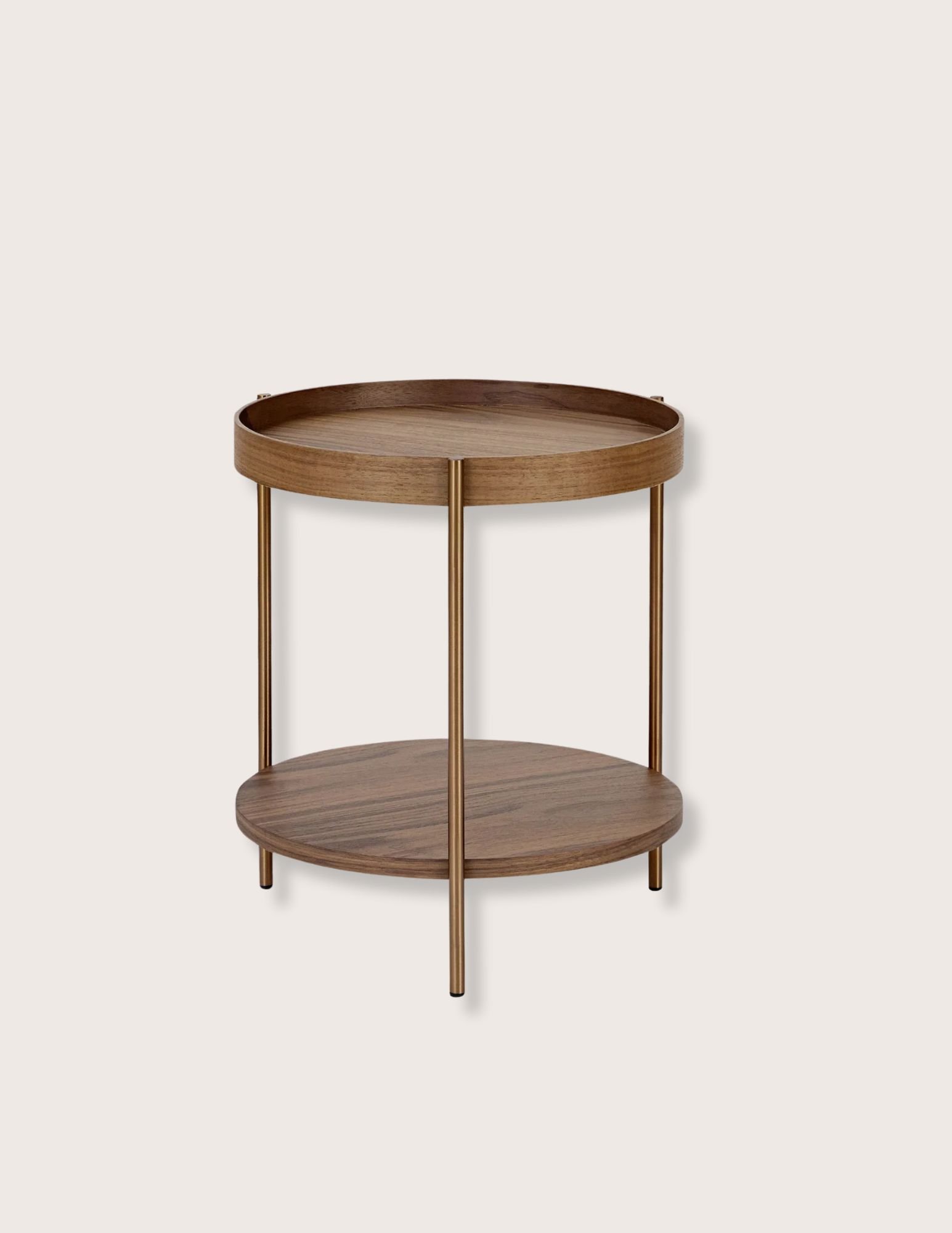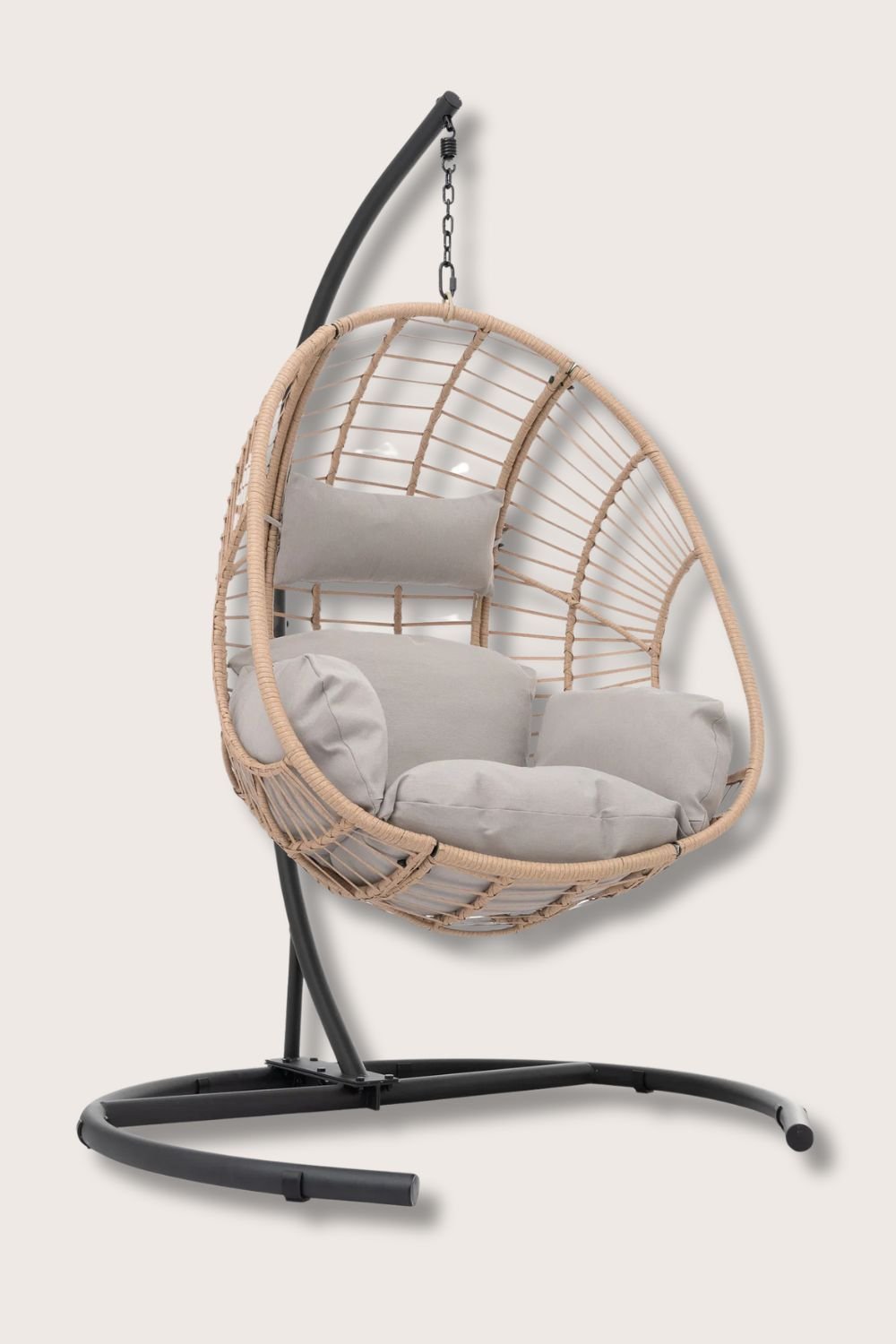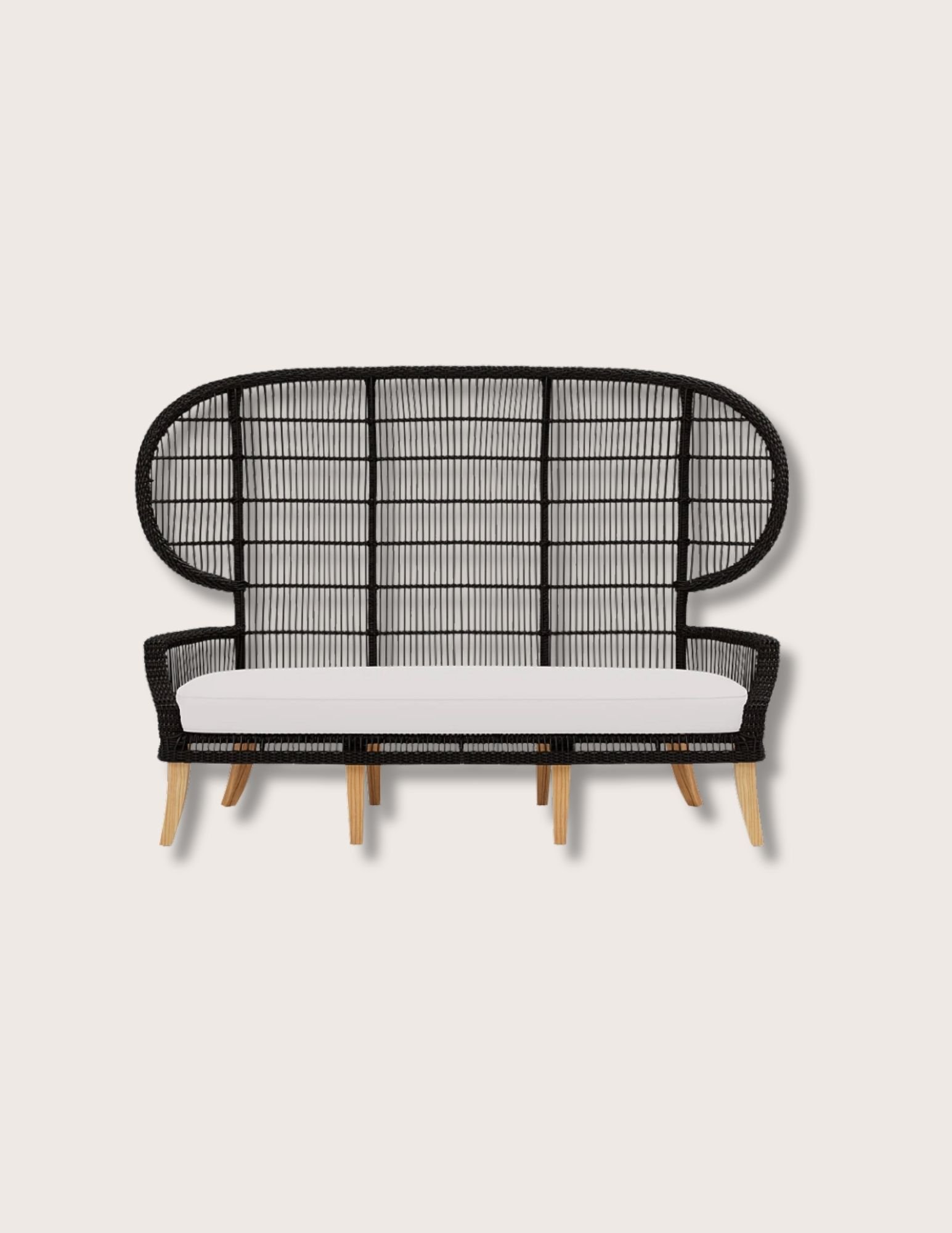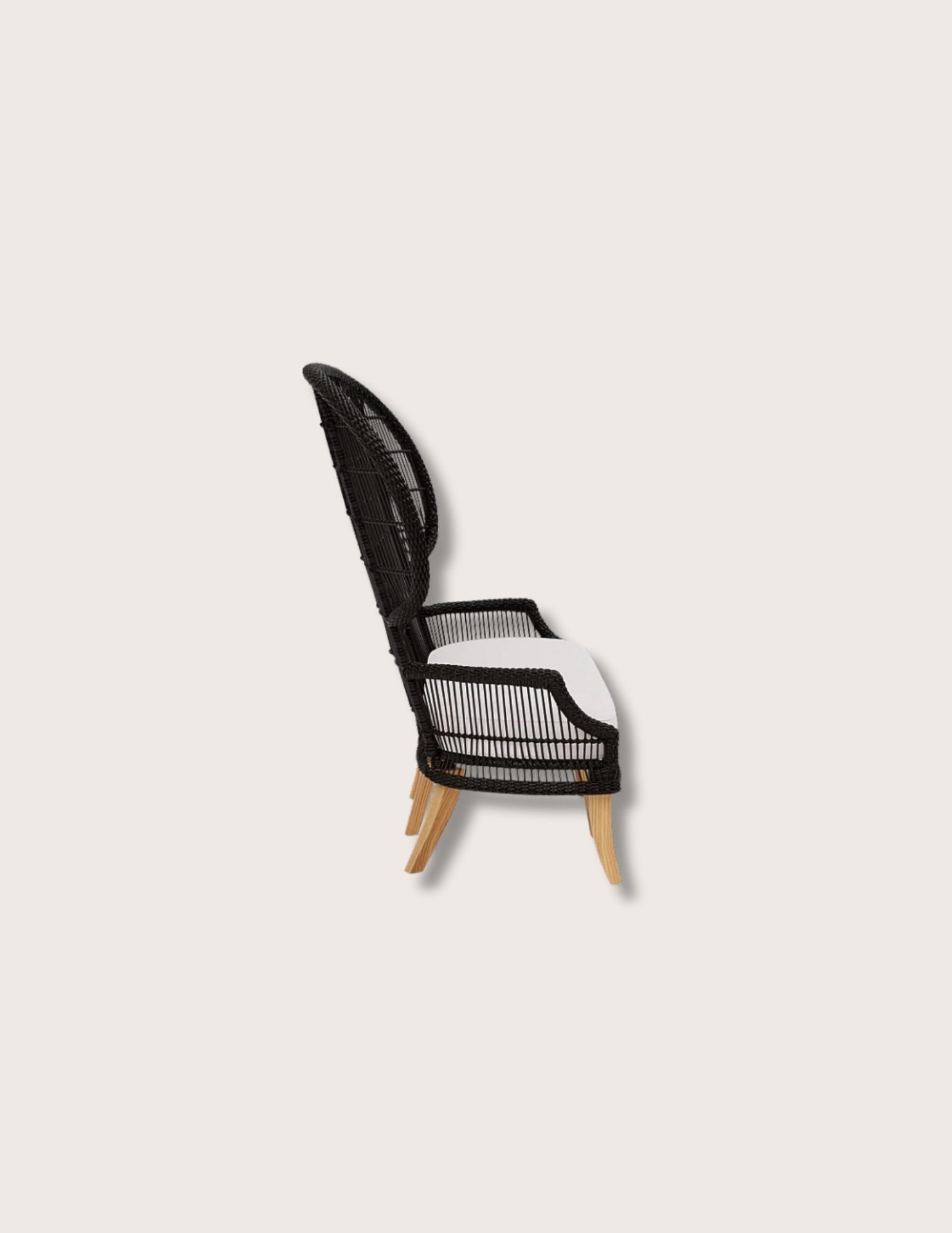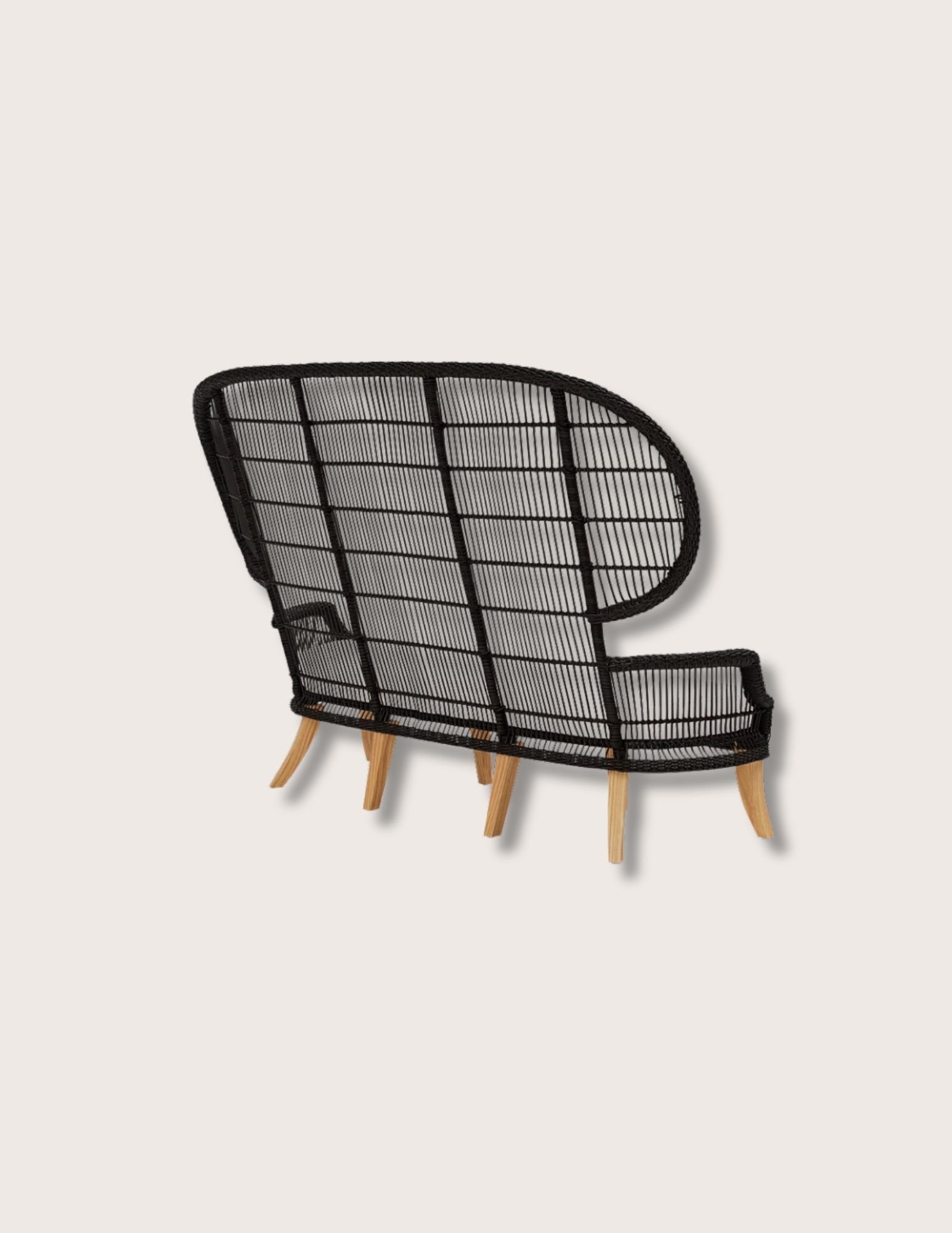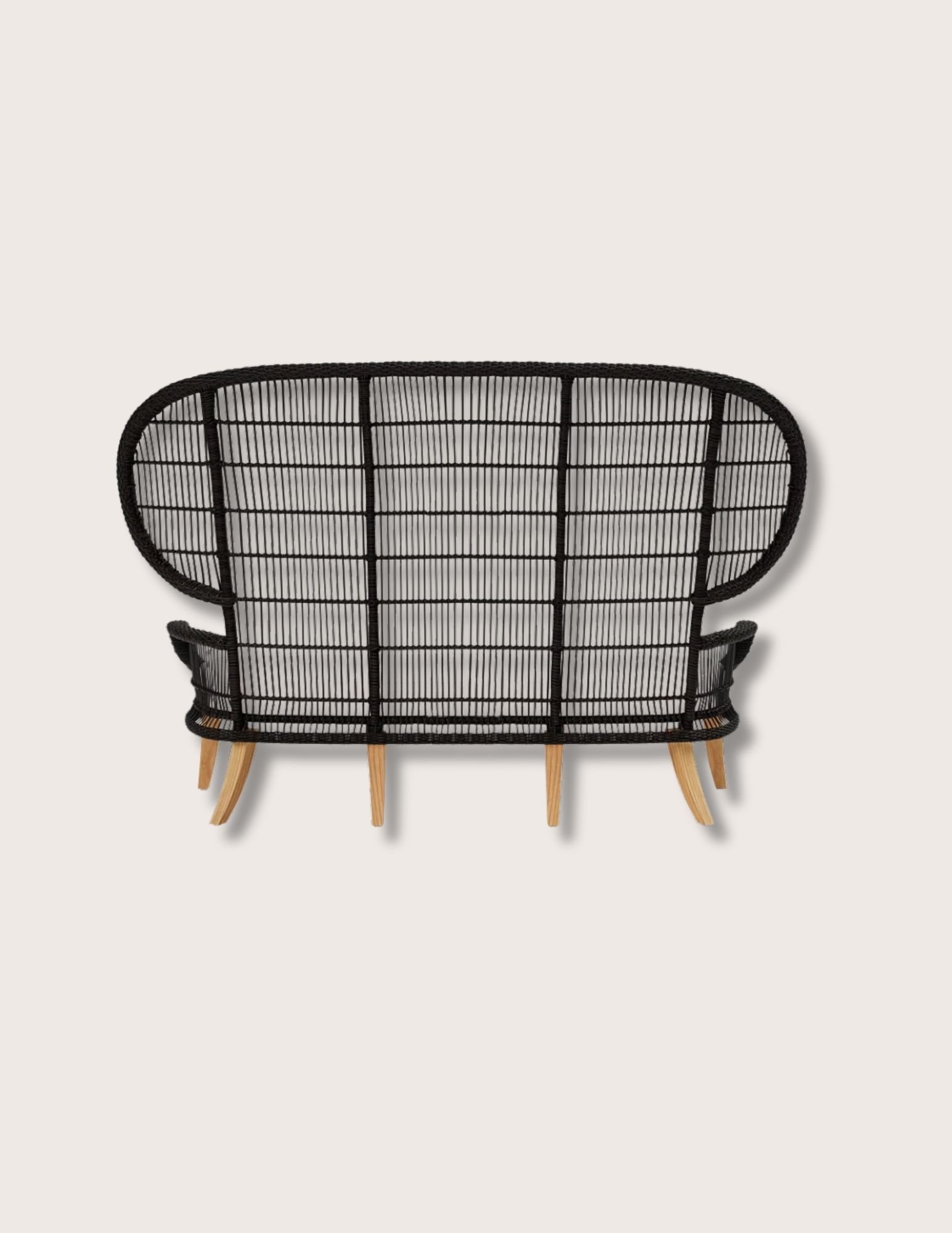 Image 1 of 8
Image 1 of 8

 Image 2 of 8
Image 2 of 8

 Image 3 of 8
Image 3 of 8

 Image 4 of 8
Image 4 of 8

 Image 5 of 8
Image 5 of 8

 Image 6 of 8
Image 6 of 8

 Image 7 of 8
Image 7 of 8

 Image 8 of 8
Image 8 of 8









Sag Harbor Ivory Outdoor Chaise Lounge
Details
Summers are made for lounging. And our Sag Harbor Ivory Outdoor Chaise Lounge is the perfect choice for getting the most out of every warm day. Enjoy our chaise made for two, with cozy cushions that promise hours of comfort with every use. A strong, iron frame provides plenty of support on any surface thanks to adjustable feet. Removable cushions let you transition from chaise lounge to daybed for even more comfort. And the beds themselves are detachable, giving you the flexibility and freedom to spread the comfort out or keep things intimate. Together or separately, each lounge features a built-in platform on the side, perfect for holding, drinks, books or anything else you need to enjoy the day. Made of solid acacia wood, the side platforms combine aesthetics with durability, ensuring resistance to wear and tear while adding to the resort aesthetic. Connecting to the lounges with velcro straps, the cushion covers are removable and washable to keep this piece looking its best for a long time to come. Together or apart, daybed or chaise, summer is all about options, and with the Sag Harbor Ivory Outdoor Chaise Lounge you'll find a variety of ways to relax.
Editors' Note
The Sag Harbor Collection celebrates the history of the iconic Hamptons area that, in the mid-20th century, became an oasis for America's Black middle class. Like much of New York state, the Black history of the area stretches back to the very beginnings of the United States, where the unincorporated hamlet of Freetown in East Hampton was an enclave for free African Americans as early as 1790. By 1840, following the gradual abolition of slavery in New York state, African Americans migrated to the area in larger numbers, specifically to the town of Eastville, which was then becoming a profitable and well-known whaling port. Eastville was a diverse settlement with African Americans living alongside Native Americans of the Montauk and Shinnecock nations, as well as white families in the area. By 1847, middle class African Americans began coming to Eastville to rent homes for the summer or take up year-round residency. That tradition resumed following the end of the Second World War. Well-off African Americans, long denied access to beaches in other parts of the country, began purchasing plots in the area to sell as summer homes. In 1947, Maude Terry, a Brooklyn school teacher, and her sister, architect Amaza Lee Meredith, partnered with local landowners, Elsie and Daniel Gale, with the dream of creating a vacation community for African Americans. The result was Azurest, a 70 home settlement — which grew to 100 — including several houses designed by Meredith herself. Despite racism in the form of race covenants, restrictive lending, resistance from local white neighbors and threats from the KKK, Azurest was followed by the Sag Harbor Hills and Ninevah Beach developments, creating what is known today as the SANS (Sag Harbor Hills, Azurest, and Ninevah Beach Subdivisions) District. From the 40s on the SANS District provided a place of peace, safety and joy for Black families, whether they were permanent residents or part of the summer scene. Doors were commonly left unlocked and families interacted freely, building community and networking relationships that both reflected and contributed to the change that was happening at the time. Well-off Black creatives, professionals, entrepreneurs and industrialists came every summer from Harlem, as well as New Jersey, Chicago and Washington, D.C. to connect. One early resident, lawyer, Edward Dudley, was a noted civil-rights activist and the first Black U.S. ambassador. As of 2023, his son, then 80 and retired, still lived in the home his parents purchased for their vacations. Through the 50s and 60s, Sag Harbor became a gathering point for Black A-Listers in the entertainment world as well. Musicians like Lena Horne, Harry Belafonte, and Duke Ellington interacted with creatives like poet, Langston Hughes, and artists Al Loving, Howardena Pindell, Reynold Ruffins, and Frank Wimberley, among many others. Today, the various neighborhoods of the SANS District are targets for gentrification and erasure. Amid continuing battles over historic preservation, there are fewer and fewer Black residents, but many who remain are part of a generations-old legacy of Black joy, community, and rest.
Details
Summers are made for lounging. And our Sag Harbor Ivory Outdoor Chaise Lounge is the perfect choice for getting the most out of every warm day. Enjoy our chaise made for two, with cozy cushions that promise hours of comfort with every use. A strong, iron frame provides plenty of support on any surface thanks to adjustable feet. Removable cushions let you transition from chaise lounge to daybed for even more comfort. And the beds themselves are detachable, giving you the flexibility and freedom to spread the comfort out or keep things intimate. Together or separately, each lounge features a built-in platform on the side, perfect for holding, drinks, books or anything else you need to enjoy the day. Made of solid acacia wood, the side platforms combine aesthetics with durability, ensuring resistance to wear and tear while adding to the resort aesthetic. Connecting to the lounges with velcro straps, the cushion covers are removable and washable to keep this piece looking its best for a long time to come. Together or apart, daybed or chaise, summer is all about options, and with the Sag Harbor Ivory Outdoor Chaise Lounge you'll find a variety of ways to relax.
Editors' Note
The Sag Harbor Collection celebrates the history of the iconic Hamptons area that, in the mid-20th century, became an oasis for America's Black middle class. Like much of New York state, the Black history of the area stretches back to the very beginnings of the United States, where the unincorporated hamlet of Freetown in East Hampton was an enclave for free African Americans as early as 1790. By 1840, following the gradual abolition of slavery in New York state, African Americans migrated to the area in larger numbers, specifically to the town of Eastville, which was then becoming a profitable and well-known whaling port. Eastville was a diverse settlement with African Americans living alongside Native Americans of the Montauk and Shinnecock nations, as well as white families in the area. By 1847, middle class African Americans began coming to Eastville to rent homes for the summer or take up year-round residency. That tradition resumed following the end of the Second World War. Well-off African Americans, long denied access to beaches in other parts of the country, began purchasing plots in the area to sell as summer homes. In 1947, Maude Terry, a Brooklyn school teacher, and her sister, architect Amaza Lee Meredith, partnered with local landowners, Elsie and Daniel Gale, with the dream of creating a vacation community for African Americans. The result was Azurest, a 70 home settlement — which grew to 100 — including several houses designed by Meredith herself. Despite racism in the form of race covenants, restrictive lending, resistance from local white neighbors and threats from the KKK, Azurest was followed by the Sag Harbor Hills and Ninevah Beach developments, creating what is known today as the SANS (Sag Harbor Hills, Azurest, and Ninevah Beach Subdivisions) District. From the 40s on the SANS District provided a place of peace, safety and joy for Black families, whether they were permanent residents or part of the summer scene. Doors were commonly left unlocked and families interacted freely, building community and networking relationships that both reflected and contributed to the change that was happening at the time. Well-off Black creatives, professionals, entrepreneurs and industrialists came every summer from Harlem, as well as New Jersey, Chicago and Washington, D.C. to connect. One early resident, lawyer, Edward Dudley, was a noted civil-rights activist and the first Black U.S. ambassador. As of 2023, his son, then 80 and retired, still lived in the home his parents purchased for their vacations. Through the 50s and 60s, Sag Harbor became a gathering point for Black A-Listers in the entertainment world as well. Musicians like Lena Horne, Harry Belafonte, and Duke Ellington interacted with creatives like poet, Langston Hughes, and artists Al Loving, Howardena Pindell, Reynold Ruffins, and Frank Wimberley, among many others. Today, the various neighborhoods of the SANS District are targets for gentrification and erasure. Amid continuing battles over historic preservation, there are fewer and fewer Black residents, but many who remain are part of a generations-old legacy of Black joy, community, and rest.

Additional Details
Dual outdoor chaise lounge set
Color: Ivory
Material: Acacia Wood, Iron, Foam, Polyester
Weight: 63.9 lbs (with cushions) / 46.3 lbs (frame only)
Weight Capacity 350 lbs
Weather Resistant Frame
Fade Resistant Cushions Included
Imported
Made to order
Ships to the continental US in 3-4 weeks
ⓘ Shipping and returns policy
Dimensions:
Combined frame: 59" x 55" x 21"
Individual frame: 59" x 27.5" x 21"
Cushion: 53" x 20" x 3.9"
Side pillow: 21" x 11.8" x 3.9"
Pillow: 23.6" x 15.7" x 5.9"
Built-in wooden drink table: 37.2 " x 5.9"
Arrives in 2 Packages:
Package 1: Size: 60.63" x 28.94" x 5.71", 45.19 lbs
Package 2: Size: 54.33" x 23.03" x 14.57", 34.17 lbs
Packages may arrive separately
Care instructions: To remove dirt and debris, vacuum with a dust- brush attachment or use a dry paintbrush. Clean with a mild soap solution, scrub with a sponge, rinse with cold water and dry completely. When outdoor furniture is not in use, we recommend covering all pieces to protect furniture against the elements.







